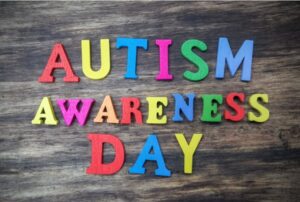When it comes to diagnosing gastroesophageal reflux (GER) in children, several methods can be used depending on the severity of symptoms and the child’s age. Early detection and proper diagnosis are important to determine whether the reflux is physiological (normal) or pathological (GERD) and whether medical intervention is necessary.
Common Diagnostic Methods
1、Clinical Symptoms Evaluation
The first step in diagnosing GER is usually based on the child’s clinical symptoms. Doctors often start by asking parents detailed questions about the child's eating habits, frequency of vomiting, and discomfort during or after feeding. For older children, they may ask about symptoms like heartburn or chest pain. If the symptoms suggest significant reflux, further testing may be recommended.
2、24-hour pH Monitoring
This is one of the most accurate tests for diagnosing GERD. A small, flexible tube is inserted through the nose and placed in the esophagus to measure the acidity (pH) levels over a 24-hour period. The data helps to determine how often acid from the stomach is refluxing into the esophagus and for how long.
3、Esophageal Manometry
This test measures the muscle contractions in the esophagus, especially the function of the lower esophageal sphincter (LES). It can help assess whether the muscles that prevent acid from flowing back into the esophagus are functioning properly.
4、Upper GI Series (Barium Swallow)
For this test, the child drinks a barium solution, and X-rays are taken of the esophagus, stomach, and small intestine. The barium helps highlight these areas and can show whether the stomach contents are refluxing into the esophagus.
5、Endoscopy
In some cases, an endoscopy is recommended to directly visualize the esophagus and stomach lining. A small camera on a flexible tube is inserted through the mouth into the esophagus and stomach. This procedure helps to check for inflammation, ulcers, or other complications caused by reflux.
When to Seek Professional Help?
While reflux is common in infants and young children, it’s important to differentiate between normal and pathological reflux (GERD). Parents should seek professional help if:
- Symptoms are persistent or severe: If the child experiences frequent vomiting, noticeable discomfort, refusal to eat, or poor weight gain, it’s important to consult a doctor.
- Signs of pain: If the child shows signs of pain such as crying excessively after feeding, or older children describe sensations like heartburn or chest pain, these could be signs of GERD.
- Non-typical symptoms: Symptoms such as chronic cough, wheezing, or hoarseness that don't seem related to typical digestive issues can also indicate GERD.
- Failure to thrive: If the child is not gaining weight appropriately or is losing weight, this is a red flag that requires medical evaluation.
- Frequent respiratory infections: Repeated respiratory issues such as pneumonia, bronchitis, or asthma-like symptoms could be related to reflux, especially if they occur alongside vomiting or regurgitation.
Determining Whether Reflux is Pathological
In order to determine if the child’s reflux is GERD and requires treatment, doctors will evaluate both the frequency and severity of the symptoms. While mild reflux is common in babies and usually resolves as they grow, GERD requires closer management. With the appropriate tests and close monitoring, doctors can determine if medical treatments like antacids, acid suppressors, or lifestyle changes are necessary to manage the condition.













